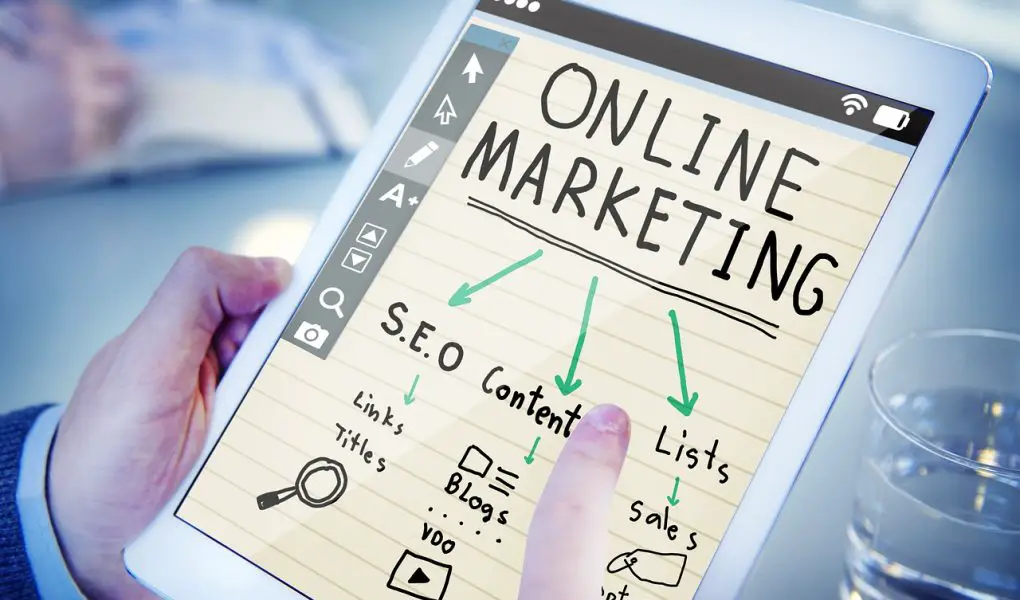The invention of the internet has brought about a paradigm shift in the way businesses operate. With e-commerce gaining more popularity, companies have begun to realize the importance of online marketing in driving sales and growing their customer base.
While traditional marketing techniques have been the norm for years, the rise of digital marketing has made it necessary for businesses to reconsider their approach.
In this post, we’ll compare ChatGPT and traditional marketing techniques for e-commerce and discuss their pros and cons.
Traditional marketing techniques
Traditional marketing techniques involve advertising through mediums like television, radio, print media, billboards, and direct mail.
These methods have been around for decades and have proven to be effective in reaching a wide audience.
However, they have their limitations when it comes to e-commerce.
One of the primary drawbacks of traditional marketing techniques is the lack of personalization. These methods are typically designed to reach a broad audience, which means that the messaging is not tailored to individual customers.
This can result in a lack of engagement, as customers might not feel a connection with the brand.
Another disadvantage of traditional marketing techniques is limited reach.
While billboards and television ads can be seen by a large number of people, they are limited in their ability to target specific demographics. This can result in wasted ad spend and a lack of ROI.
ChatGPT for e-commerce
ChatGPT is an artificial intelligence (AI) tool that uses natural language processing to communicate with customers. It can be integrated into e-commerce websites and social media platforms to provide real-time assistance to customers.
ChatGPT offers several advantages over traditional marketing techniques, including personalization, 24/7 availability, and scalability.
Personalization
ChatGPT can be programmed to recognize individual customers and provide personalized recommendations based on their preferences and browsing history. This can lead to increased engagement and conversion rates.
24/7 availability
ChatGPT can provide assistance to customers at any time of the day, regardless of whether there is a customer service representative available. This can help to reduce response times and improve customer satisfaction.
Scalability
ChatGPT can handle a large volume of inquiries simultaneously, which means that it can scale to meet the needs of growing businesses. This can help to reduce the workload of customer service representatives and improve efficiency.
Comparing ChatGPT and traditional marketing techniques
Personalization
As mentioned earlier, traditional marketing techniques lack personalization. While businesses can use customer data to target specific demographics, they are limited in their ability to tailor messaging to individual customers.
ChatGPT, on the other hand, can provide personalized recommendations based on each customer’s browsing history and preferences. This can lead to increased engagement and conversion rates.
Availability
Traditional marketing techniques are limited by the availability of the advertising medium. For example, television ads can only be shown during certain times of the day, and billboards can only be seen by people who are in the vicinity.
ChatGPT, on the other hand, is available 24/7 and can provide assistance to customers at any time of the day. This can help to reduce response times and improve customer satisfaction.
Scalability
Traditional marketing techniques can be expensive and time-consuming to scale. For example, creating a new television ad requires a significant investment of time and resources.
ChatGPT, can handle a large volume of inquiries simultaneously and can be scaled easily to meet the needs of growing businesses. This can help to reduce the workload of customer service representatives and improve efficiency.
Cost
Traditional marketing techniques can be expensive, particularly for small businesses. Television ads, for example, can cost thousands of dollars to produce and air. ChatGPT, on the other hand, can be relatively inexpensive to implement and maintain.
This can make it an attractive option for small businesses with limited budgets.
ROI
Return on investment is a crucial factor to consider when evaluating the effectiveness of marketing techniques. Traditional marketing techniques can be difficult to measure in terms of ROI, as it can be challenging to determine how many people were influenced by an advertisement and ultimately made a purchase.
ChatGPT can track the customer journey from initial inquiry to final purchase, making it easier to determine the ROI of the marketing strategy.
Engagement
Traditional marketing techniques can be effective at generating brand awareness, but they often lack the ability to engage customers.
ChatGPT can provide personalized recommendations and assistance to customers, leading to increased engagement and loyalty. This can help to build long-term relationships with customers and improve retention rates.
Targeting
Traditional marketing techniques can be limited in their ability to target specific demographics. For example, a billboard advertisement may be seen by a wide range of people, but only a small percentage of them may be interested in the product or service being advertised.
ChatGPT can be programmed to target specific demographics based on customer data, leading to more effective marketing strategies.
Conclusion
In conclusion, ChatGPT and traditional marketing techniques both have their advantages and disadvantages when it comes to e-commerce.
While traditional marketing techniques can be effective at generating brand awareness, they often lack the personalization and engagement that customers expect in the digital age.
ChatGPT, on the other hand, offers personalization, 24/7 availability, scalability, and tracking capabilities that can improve customer satisfaction and retention rates.
Ultimately, the best marketing strategy for e-commerce businesses will depend on their specific goals, target audience, and budget.
However, it’s clear that ChatGPT has the potential to revolutionize the way businesses communicate with their customers in the digital age.




